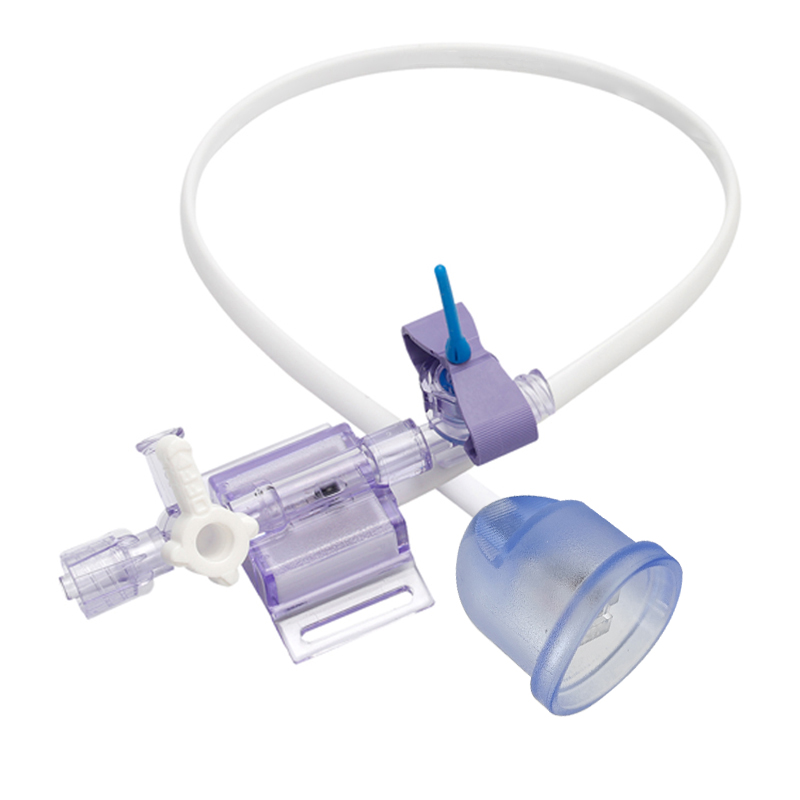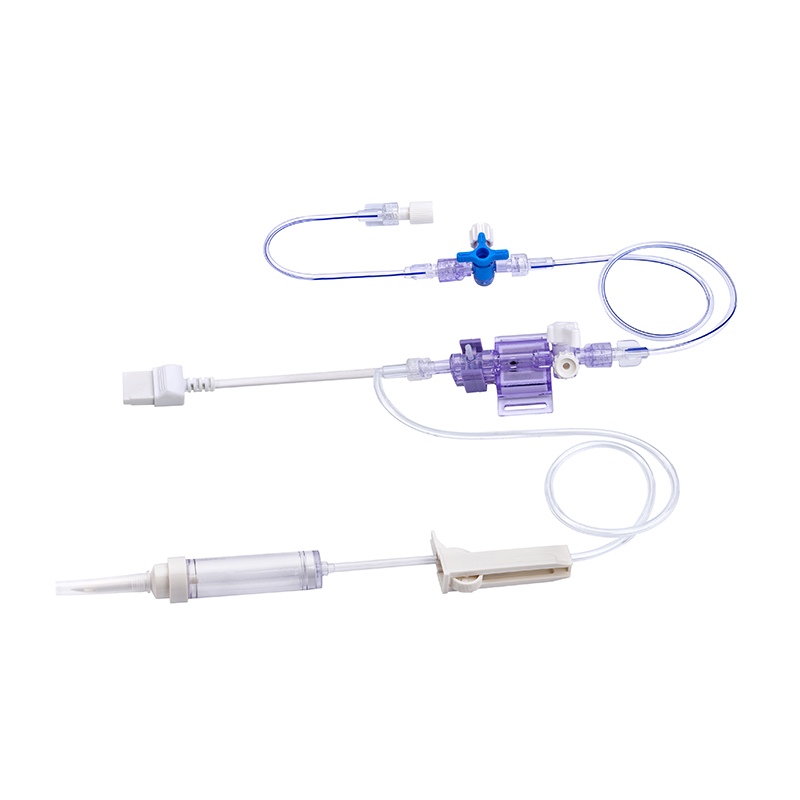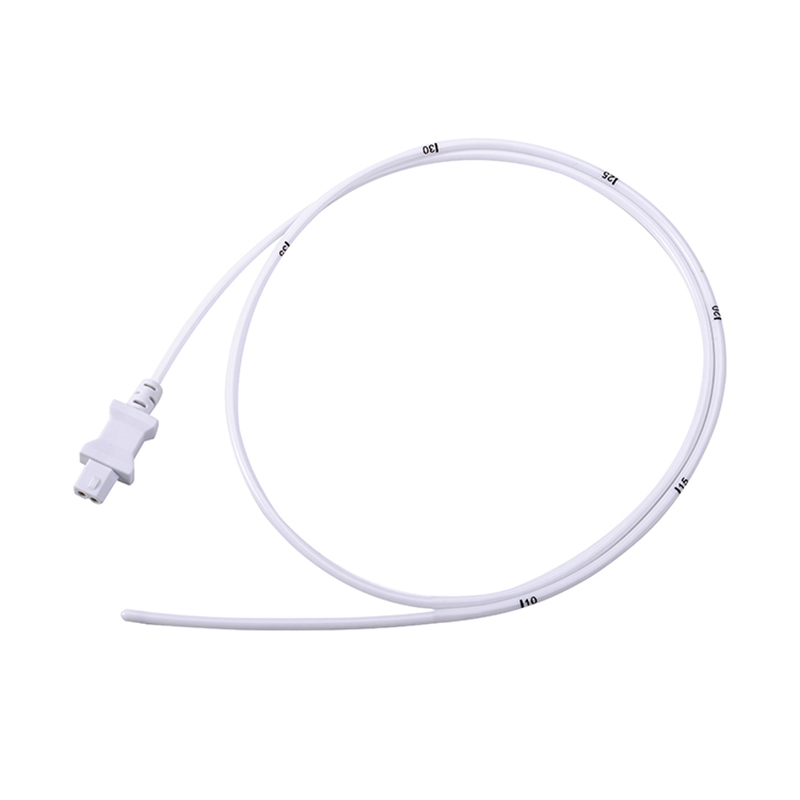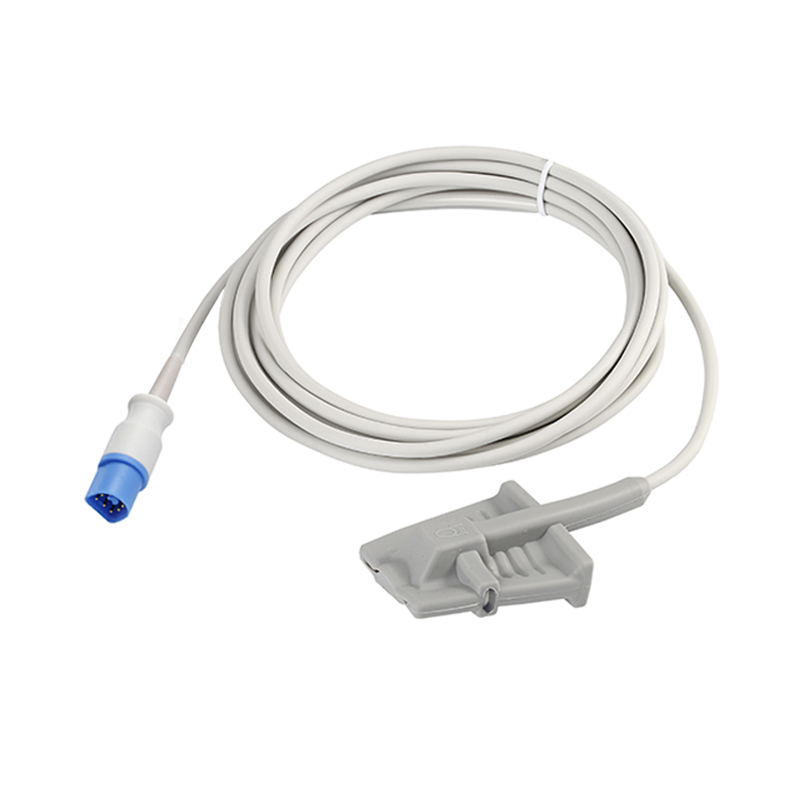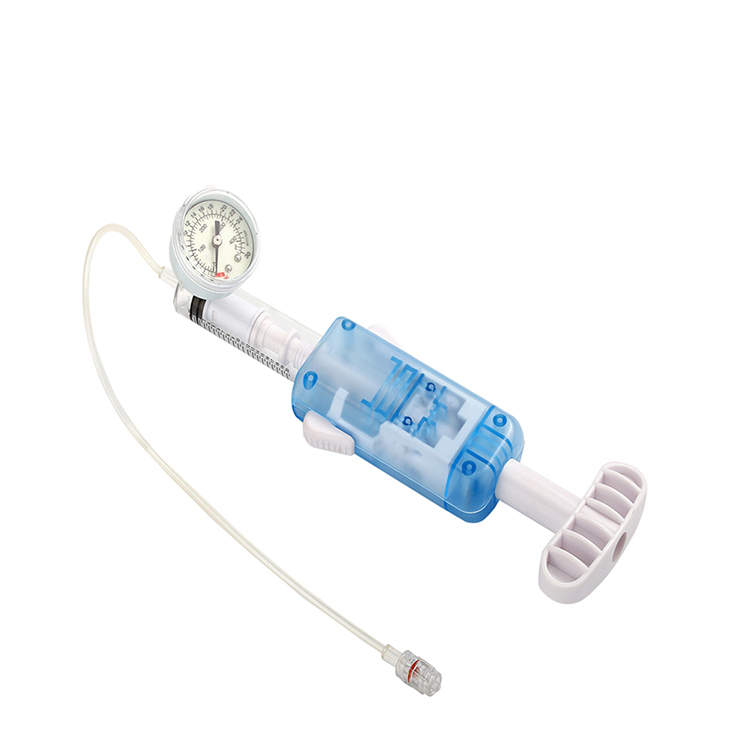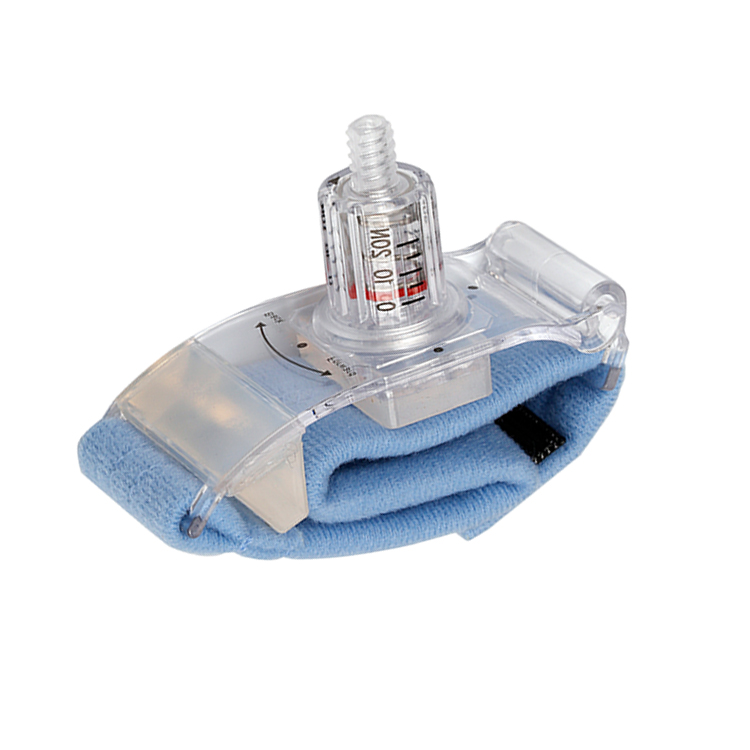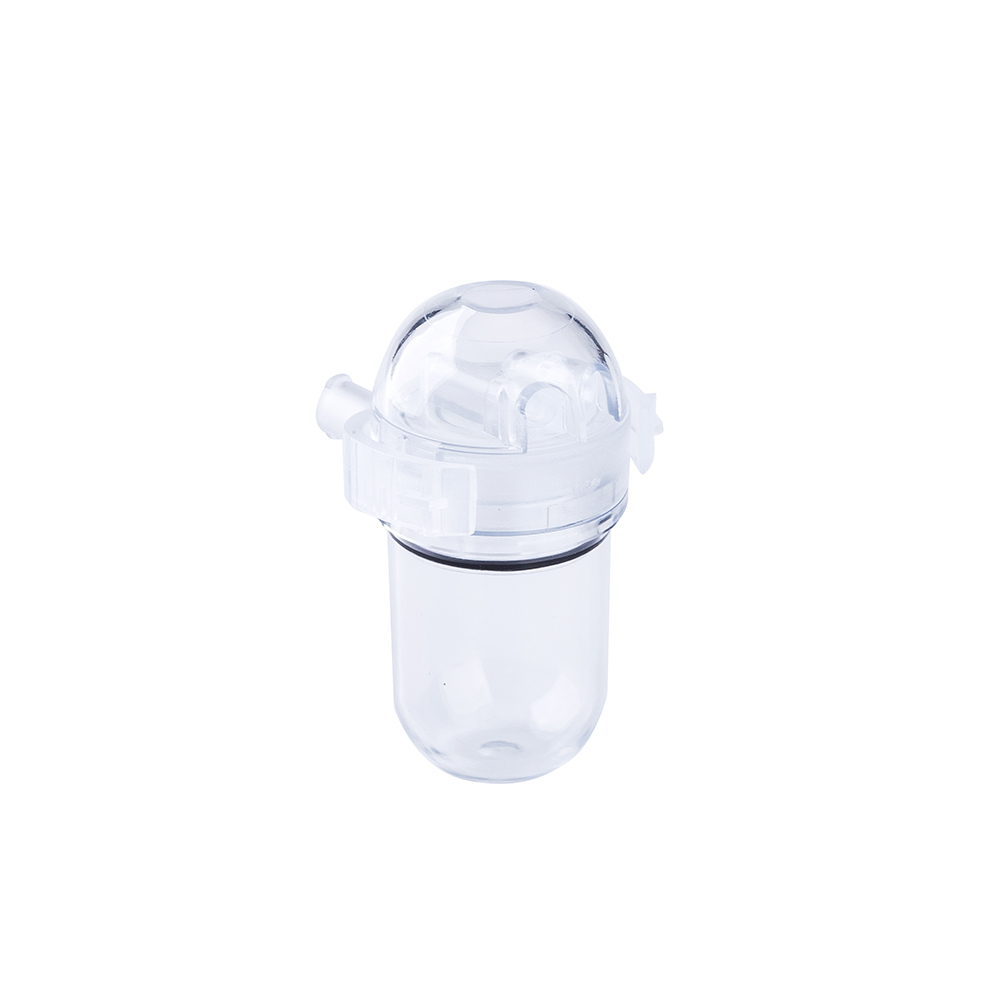DPT BD compatible ibp transducer for physiological pressure
PRODUCT INTRODUCTION
Disposable pressure sensors are only good for up to 96 hours because they are made of materials that degrade over time. Over time, the polymers used to construct the transducers decompose and become brittle, which can cause the transducers to fail. Also, over time, fluid may seep into the sensor and affect its performance, resulting in inaccurate pressure readings. For these reasons, it is recommended that disposable pressure sensors be used no longer than 96 hours to ensure their accuracy and reliability.



Here are the steps to use JCR Medical disposable pressure sensor
● Select the appropriate pressure monitoring system for your specific application and patient type.
● Assemble the disposable pressure transducer and connect it to the pressure monitoring system according to the manufacturer's instructions.
● Calibrate the sensor using the manufacturer's recommended method. This usually involves setting a zero reference and performing a span calibration using a known pressure source.
● Prepare the insertion site. Make sure the patient area is clean, dry and free of debris. Follow standard infection prevention protocols, including hand washing and wearing gloves and using aseptic technique.
● Insert the transducer and catheter into the patient. Follow the manufacturer's instructions and your healthcare provider's catheter placement sequence.
● Connect the transducer to the patient conduit and secure it in place. Make sure all connections are tight and free of air bubbles.
● Begin monitoring patient pressure values and record regularly as directed by healthcare provider.
● Observe the patient and system for any signs of complications or incorrect pressure readings. Notify your healthcare provider right away if anything goes wrong.
● After the recommended period of use, carefully remove and dispose of the transducer and catheter according to your institution's medical waste disposal procedures.
● Document all monitoring and management activities in the patient's medical record.

